FDA-approved since 2008
TMS For Depression
A proven, non-invasive solution when medication hasn’t worked.
In
30
Seconds

TMS targets specific brain circuits involved in depression.

It’s FDA-approved, covered by insurance, and free of medication side effects.

Most patients experience significant improvement - even after meds have failed.
Understanding Depression
Everyone feels sad sometimes. But Major Depression is different - it’s a medical condition that affects how your brain functions. Symptoms can include:
- Persistent sadness or emptiness
- Loss of interest or pleasure
- Sleep or appetite changes
- Thoughts of self-harm or suicide
If these symptoms continue, it may be time to seek treatment.
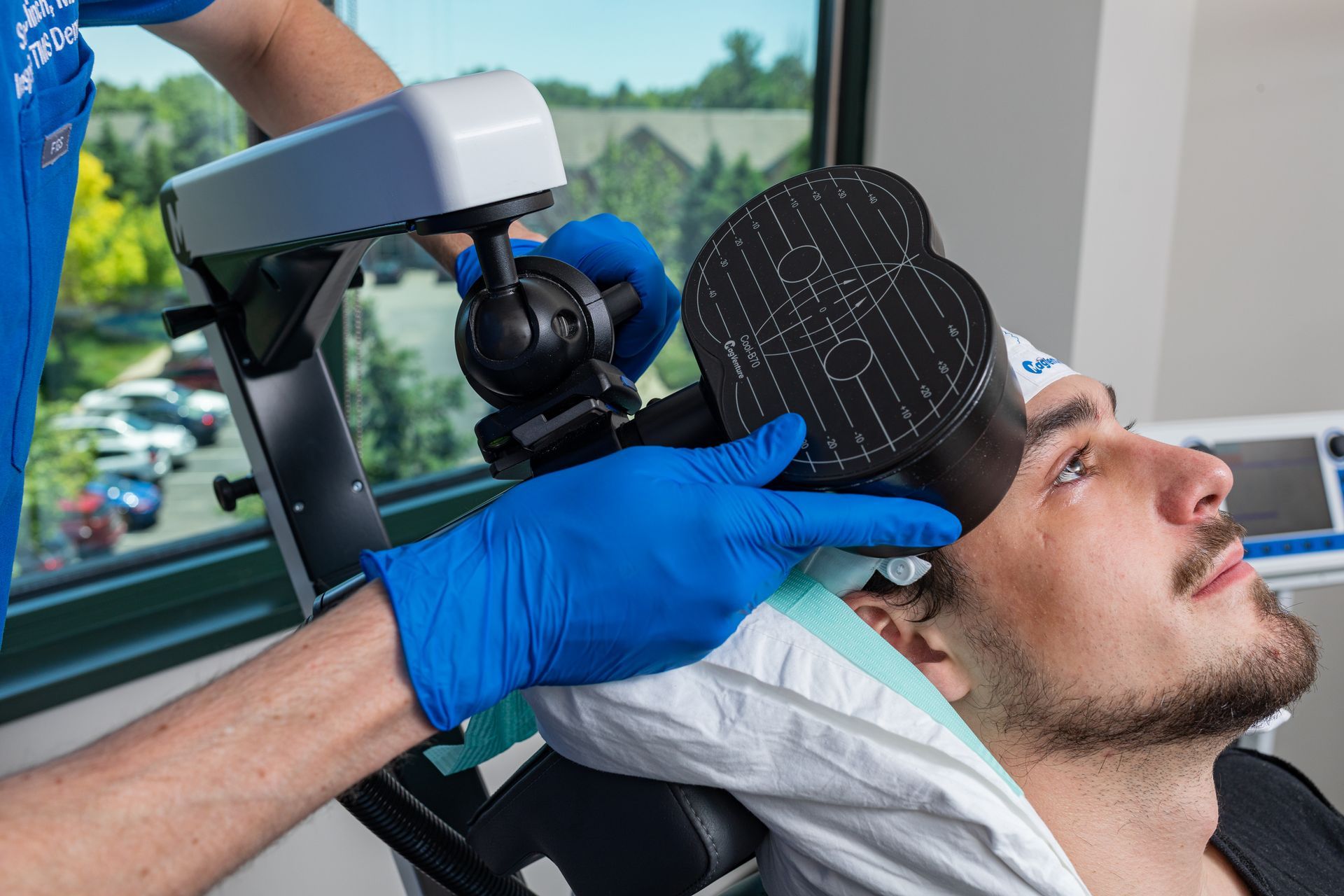

Treatment Options
Mild depression may respond to therapy or lifestyle changes. Moderate to severe cases often require medication and/or brain stimulation therapies.
Antidepressants:
Work for many, but not all. Side effects and trial-and-error dosing are common. Up to 30% of patients don’t respond long-term.
Electroconvulsive Therapy (ECT):
Highly effective but invasive. Requires anesthesia and is typically reserved for severe, resistant cases.
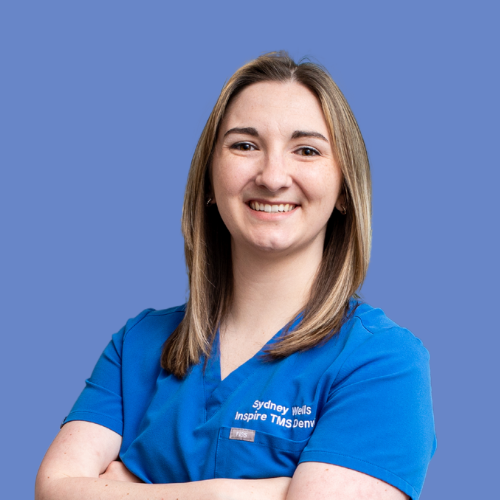
What Is TMS Therapy?
Transcranial Magnetic Stimulation (TMS) is a non-invasive, drug-free treatment that uses magnetic pulses to stimulate underactive areas of the brain involved in depression.


Minimal side effects

Can be used with or without medication
TMS essentially “recalibrates” brain circuits stuck in negative feedback loops - helping your brain regain healthy activity patterns.
How TMS Works
- A magnetic coil is placed gently on your scalp
- Repetitive pulses activate specific brain regions
- Over time, these regions become more balanced and effective
- Newer techniques like Theta Burst Stimulation (iTBS) mimic natural brain firing for faster results
Think of TMS like a guided workout for your brain - strengthening the areas responsible for mood and emotional regulation.

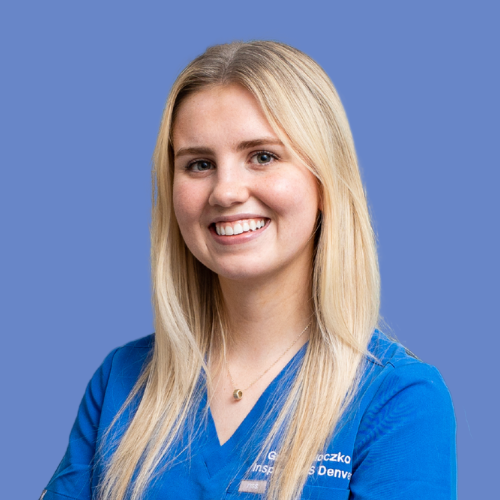
What to Expect
Ask questions, review your history
Free 10–15 minute consultation
Your treatment is tailored
Personalized plan + brain mapping
Relax during your treatments - sessions can be as little as 3 minutes long
Outpatient sessions
We adjust care as needed
Progress tracking + support
Feel the Difference
Most patients notice significant improvements within weeks - often with fewer side effects than medication.
What Does a Treatment Feel Like?
- Tapping sensation on the scalp
- No sedation or recovery time
- Most patients tolerate treatment well
- Possible mild headache or sensitivity (temporary)
Treatments range from 3–20 minutes, depending on the protocol. You can drive yourself, return to work, and carry on with your day.
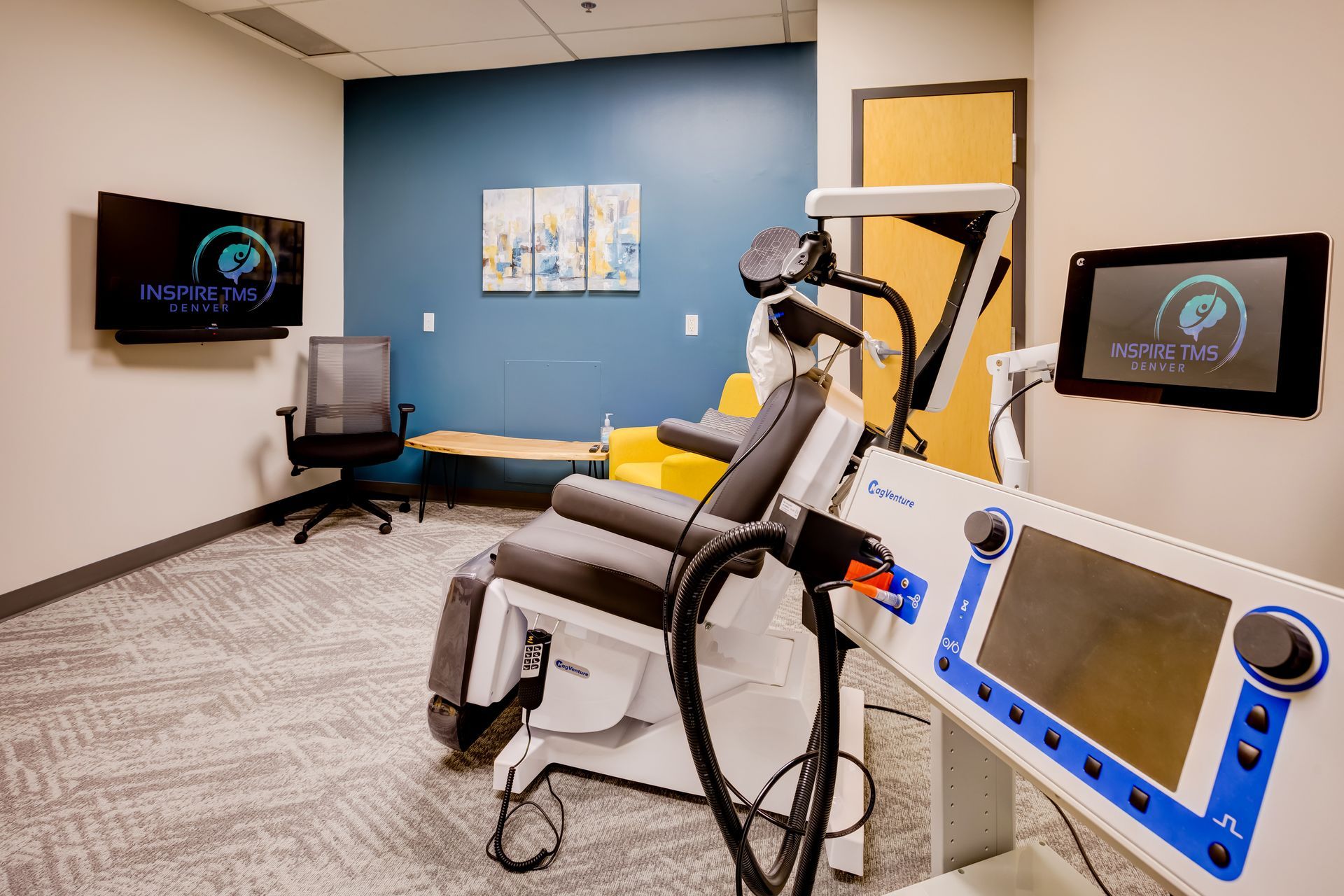
Not Sure Where to Start?
Take a quick quiz to get answers about your care options, coverage, and costs - in under 2 minutes.
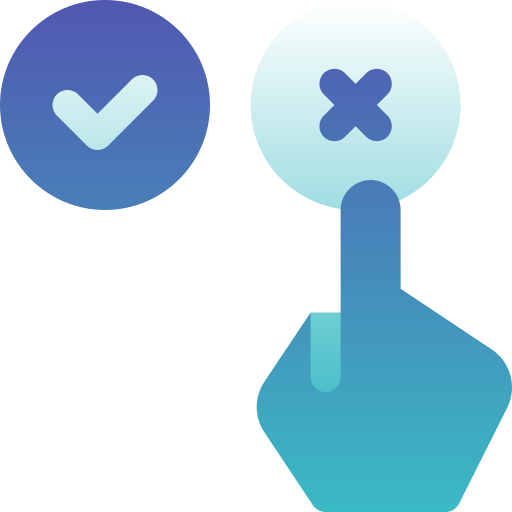
Is TMS Right for Me?
Find out if TMS is a good fit for your symptoms and treatment history.

Quick 9-question screening

No pressure, no commitment

Personalized feedback

TMS Cost Estimator
Curious about your insurance coverage or out-of-pocket costs?

Coverage check

Self-pay pricing options

Sliding scale

Sliding scale

Talk to a Doctor
Free 10–15 Min Call
Find out if TMS is a good fit for your symptoms and treatment history.

Eligibility & treatment info

Insurance & cost guidance

Personalized care advice
Our shared inspiration is to alleviate mental illness and improve the mental wellbeing of the patients we treat. We respect all backgrounds and cultures and want to hear our patient’s stories to best guide care. During treatment, we reinforce positive wellness practices, help maximize lifestyle modifications, and integrate rTMS therapy into a patient’s overall mental and physical health treatment.
Samuel B. Clinch, M.D
Medical Director

Services & Resources

Us vs Them
What sets Inspire TMS apart from typical TMS providers
Inspire TMS Denver
Sliding Scale Pricing Available
5-day Accelerated TMS Protocol
10–15 min call with Doctor
Focused Exclusively on TMS
>80% Clinic Response Rate
Cost Estimator Tool
15,000+ Treatments Completed
Other Clinics
Fixed Pricing Only
Often Unavailable
Long Wait or Intake Staff Only
Larger Multi-Service Clinics
Unpublished or National Data
No estimator or Guidance
Unknown Volume
Hear What Our Patients are Saying
40+ Five Star Reviews on TMS Therapy In Denver, Colorado
Making TMS Affordable For Everyone
We believe cost should never be a barrier to effective care. That’s why we offer:

Sliding scale pricing for self-pay patients

Coverage with most major insurance providers

Easy access to third-party financing options

Free 10–15 minute consultation to get started
Why Choose Inspire TMS Denver
We combine clinical expertise with a personalized, patient-first approach. From board-certified care and flexible pricing to proven treatment outcomes, we’re here to help you find lasting relief - with support every step of the way.

Affordability Made Simple
Insurance, Financing & Sliding Scale Options
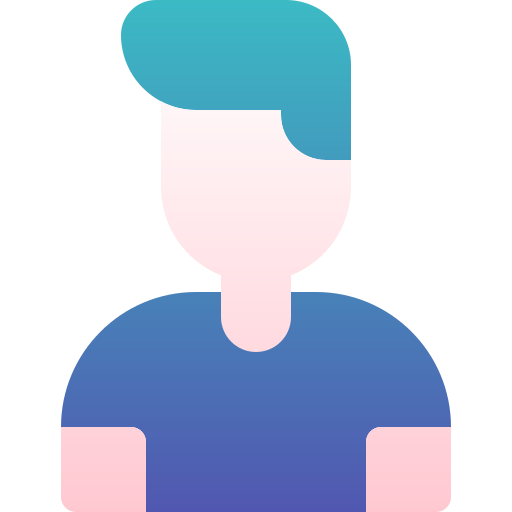
Board-Certified Psychiatrist
Over 10 Years of Clinical Experience
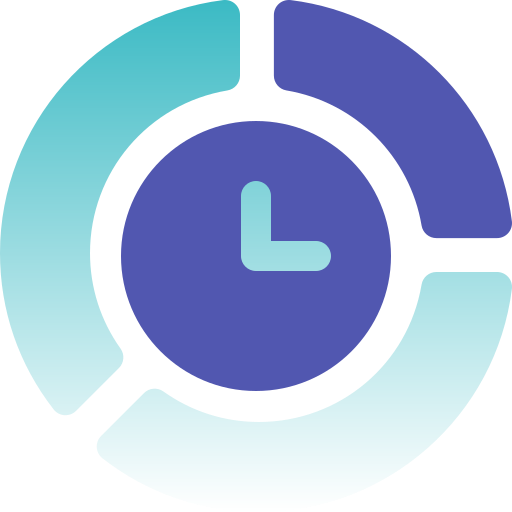
Fast-Track TMS Option
5-Day Protocol for Faster Relief
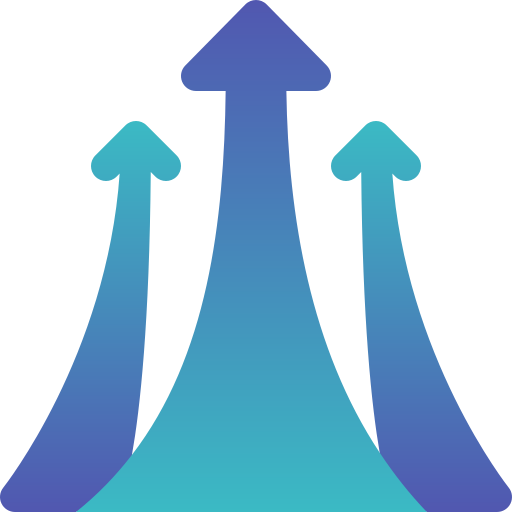
Proven Patient Outcomes
Success Rates Tracked In-Clinic
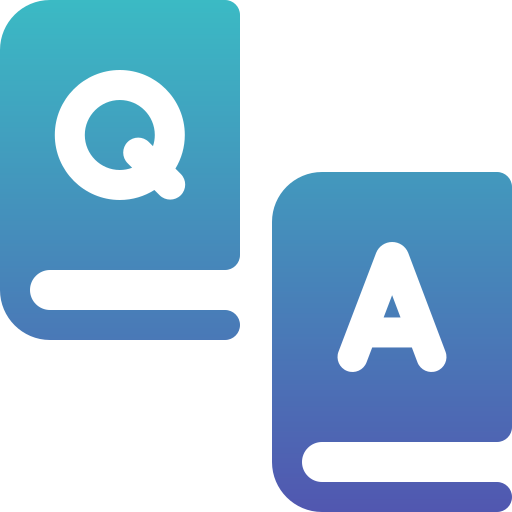
Free Doctor Consultation
No Obligation, 10–15 Minute Intro Call

Personalized Care Plans
Tailored TMS Treatment for Every Patient
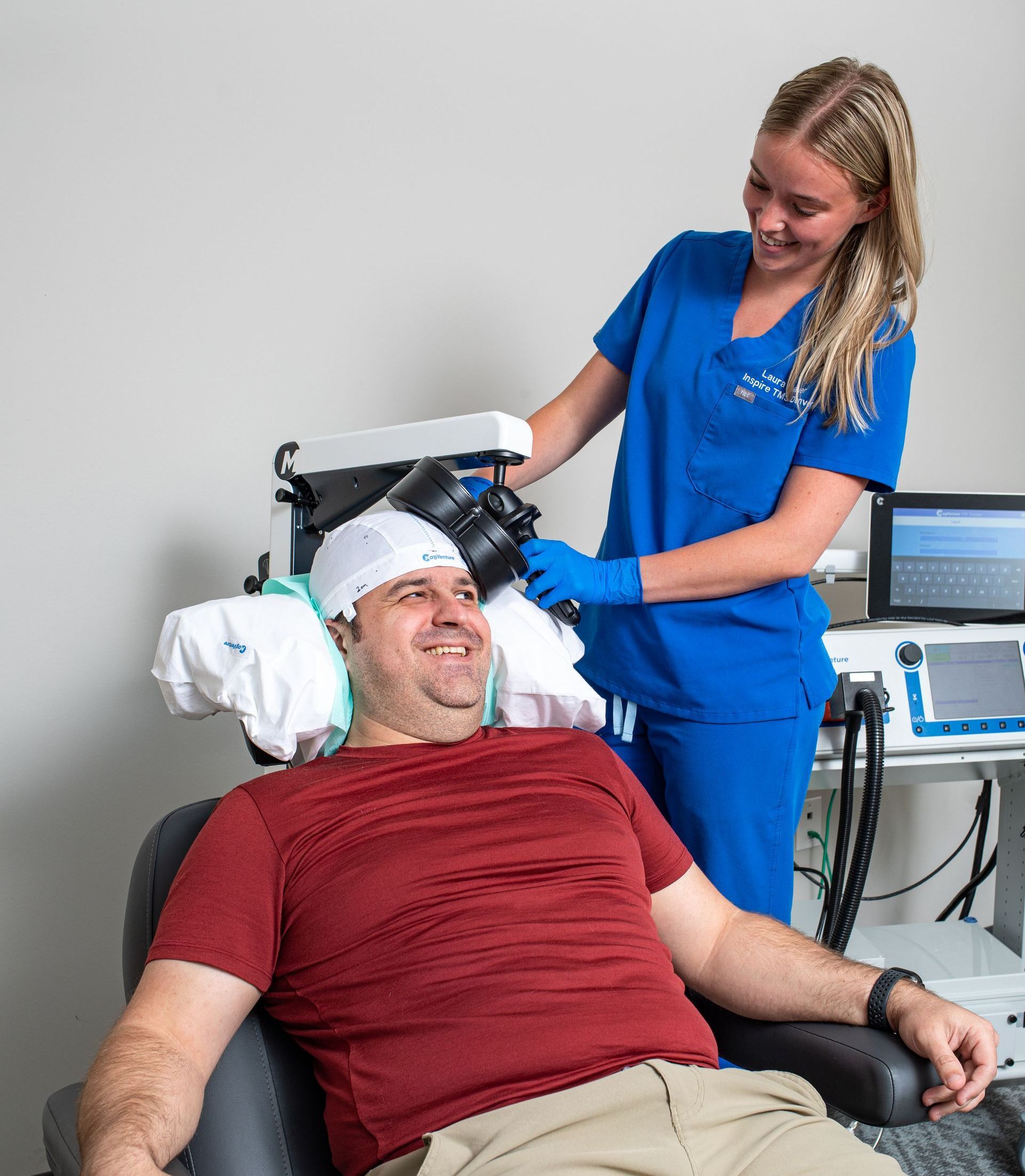
Your Free Consultation
Call us at 720-446-8675 or complete the form below.
Contact Us
We will get back to you as soon as possible.
Please try again later.

What Happens After I Send My Message?

A team member will confirm your free consultation within one business day

We’ll help you explore if TMS is right for you

You’ll get answers to your questions about treatment, eligibility, and cost







